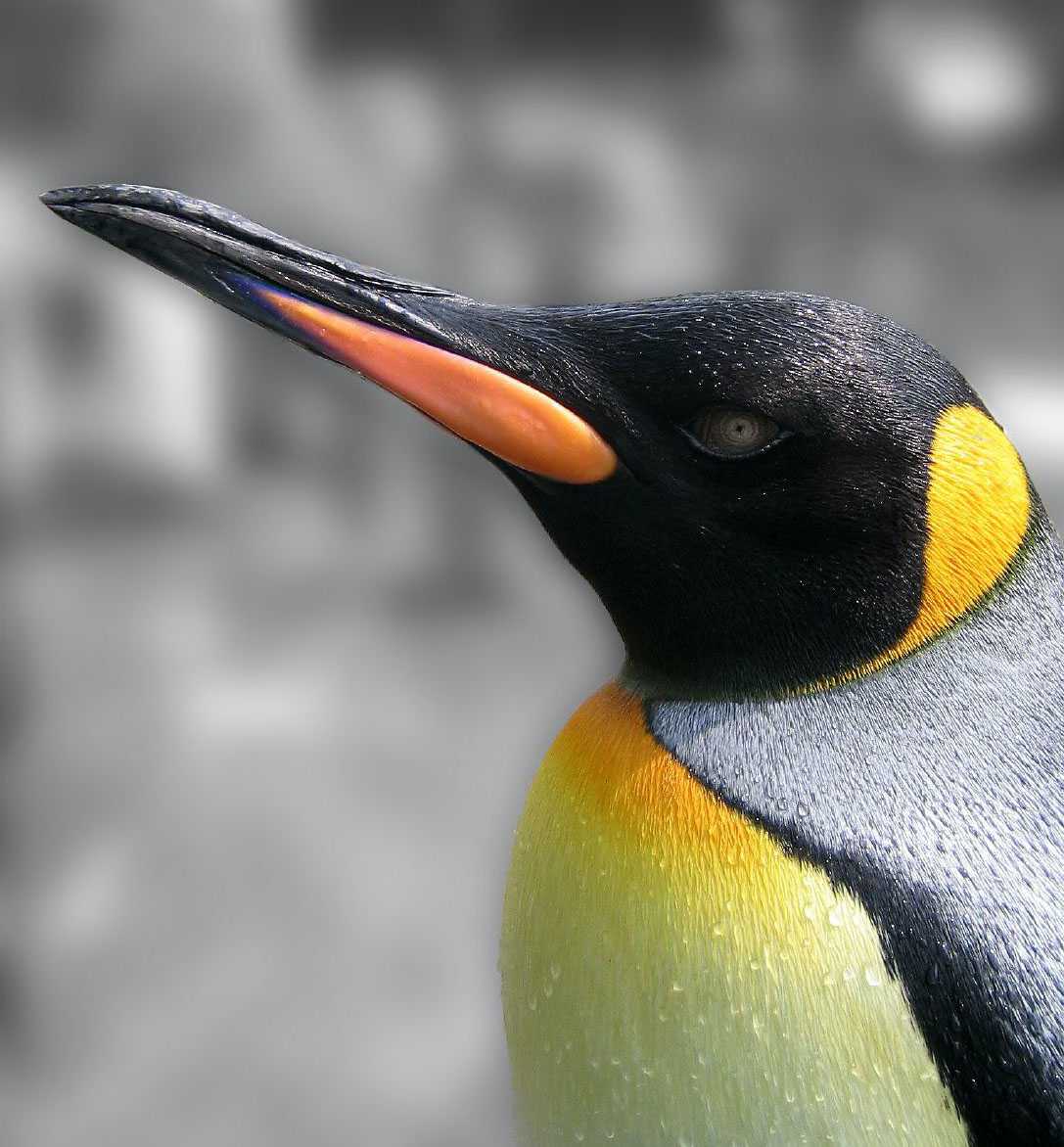Installing CentOS 7 – A Graphical Tour for Linux Beginners
If you are new on the Linux platform, I am sure you feel overwhelmed with all the different versions available. Choosing one is not an easy task, and each version has its own pros and cons.
Let me tell you why I like CentOS:
- It is very stable
- It has …
